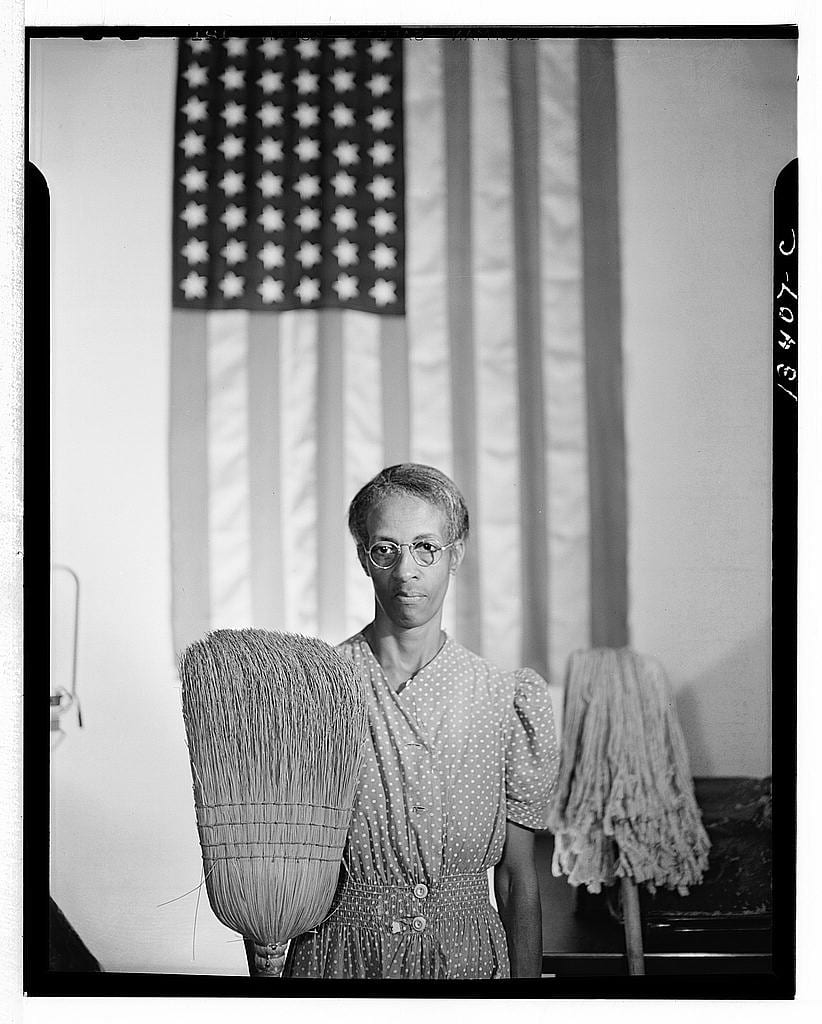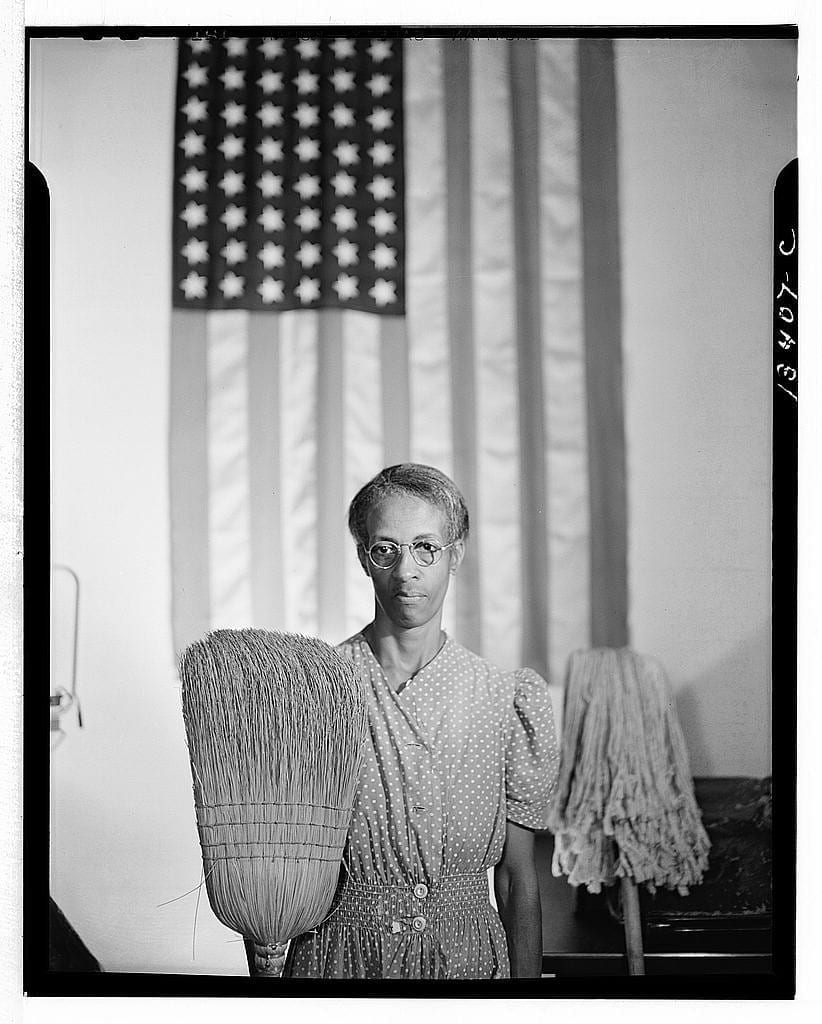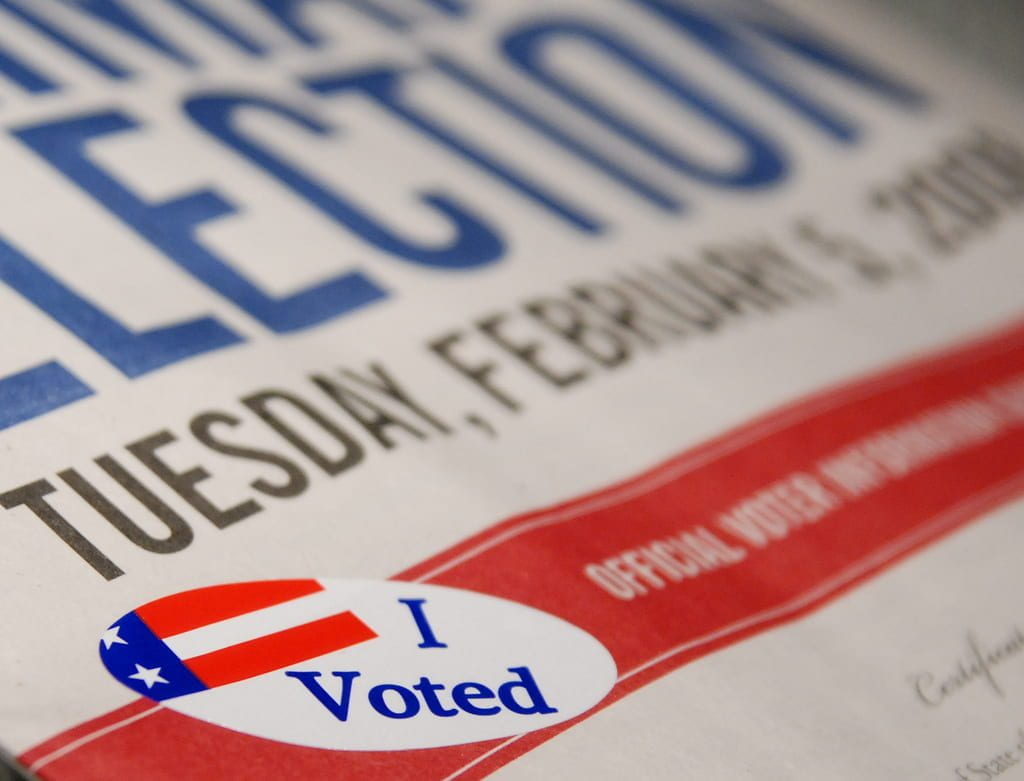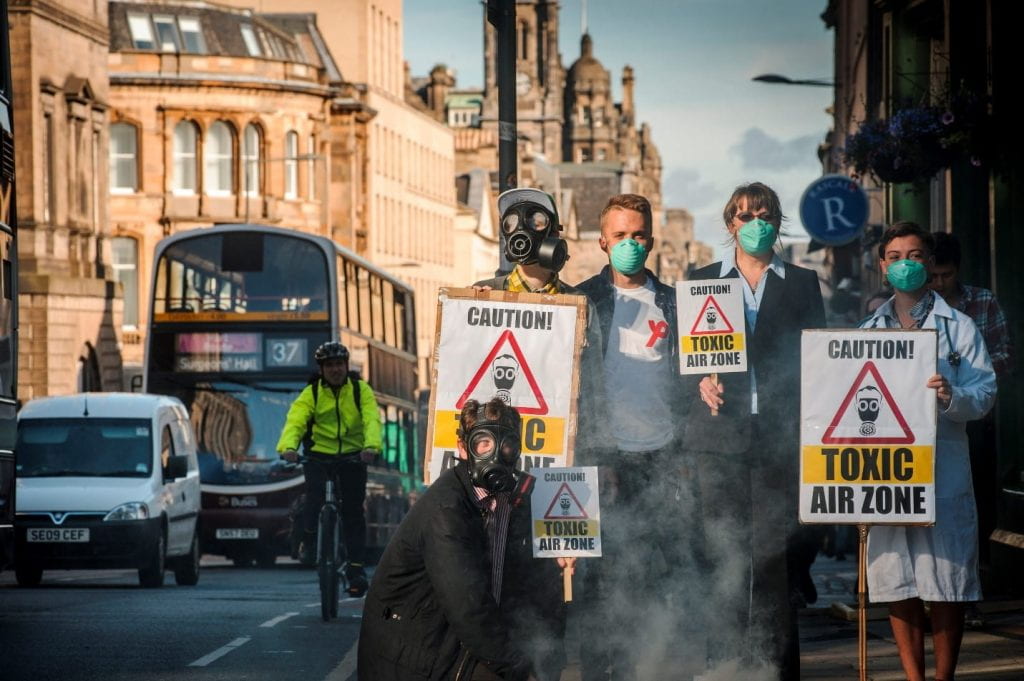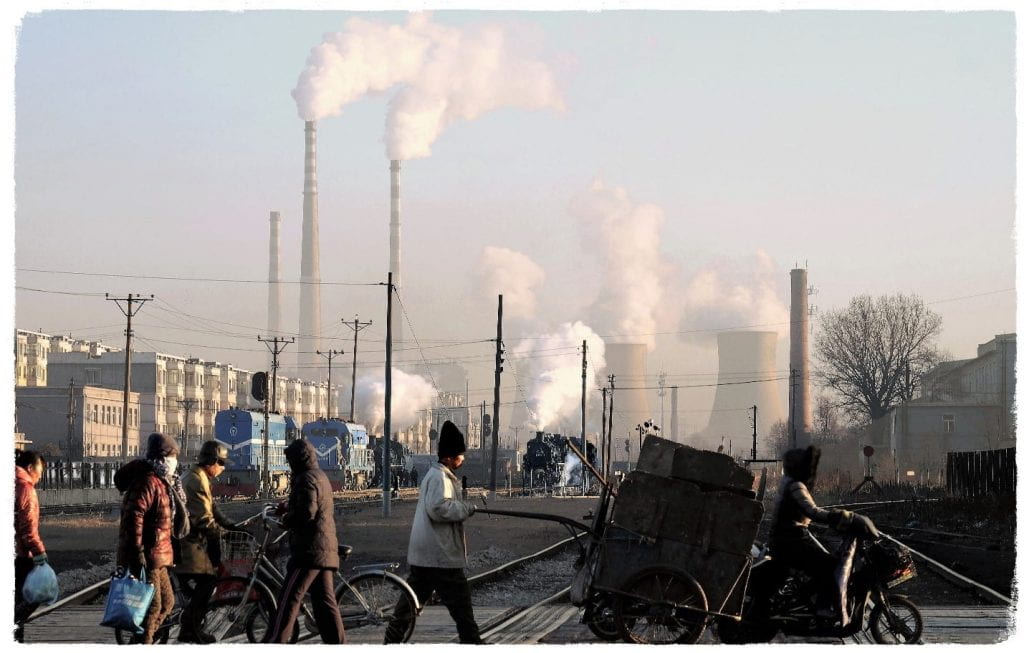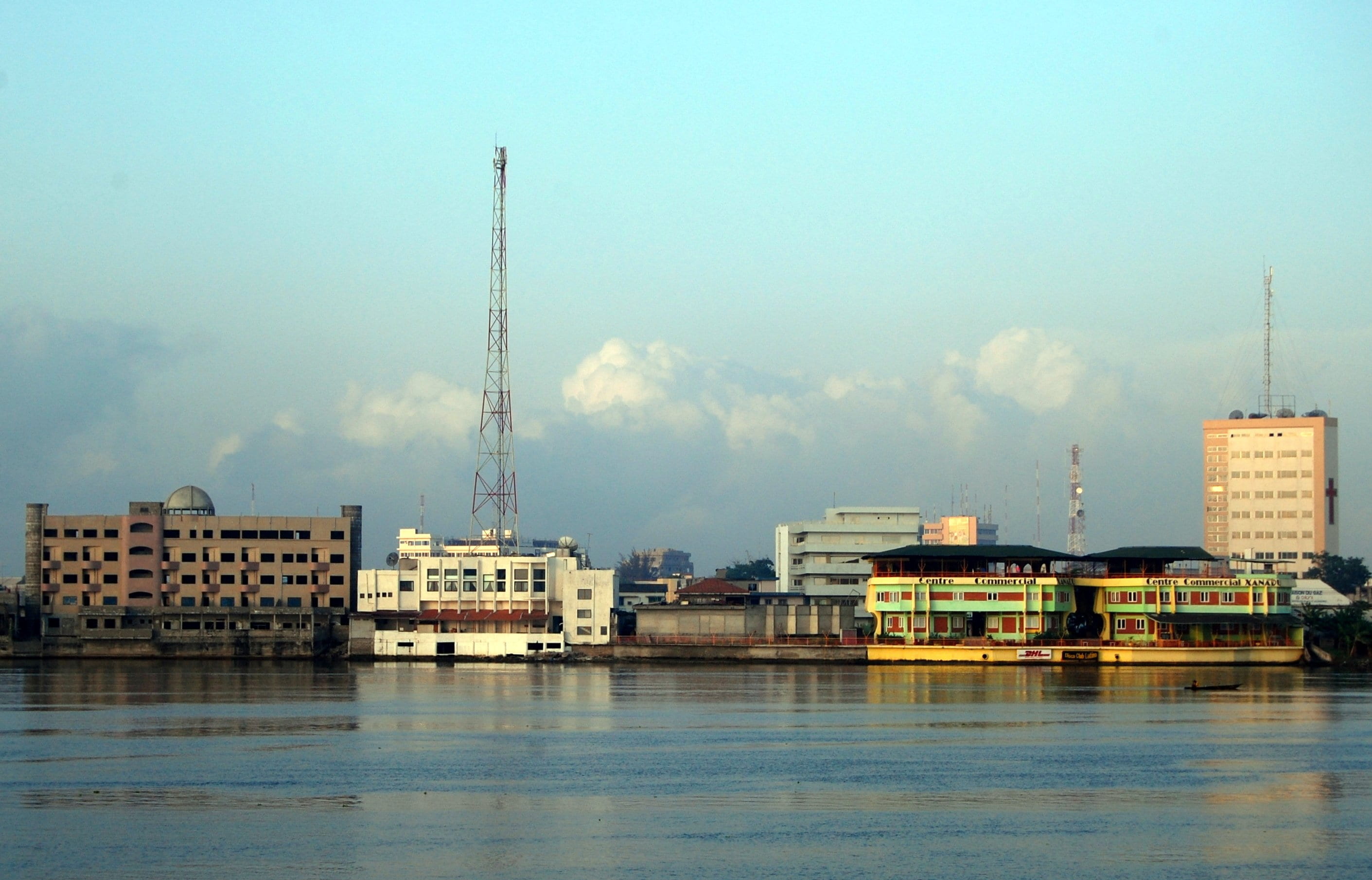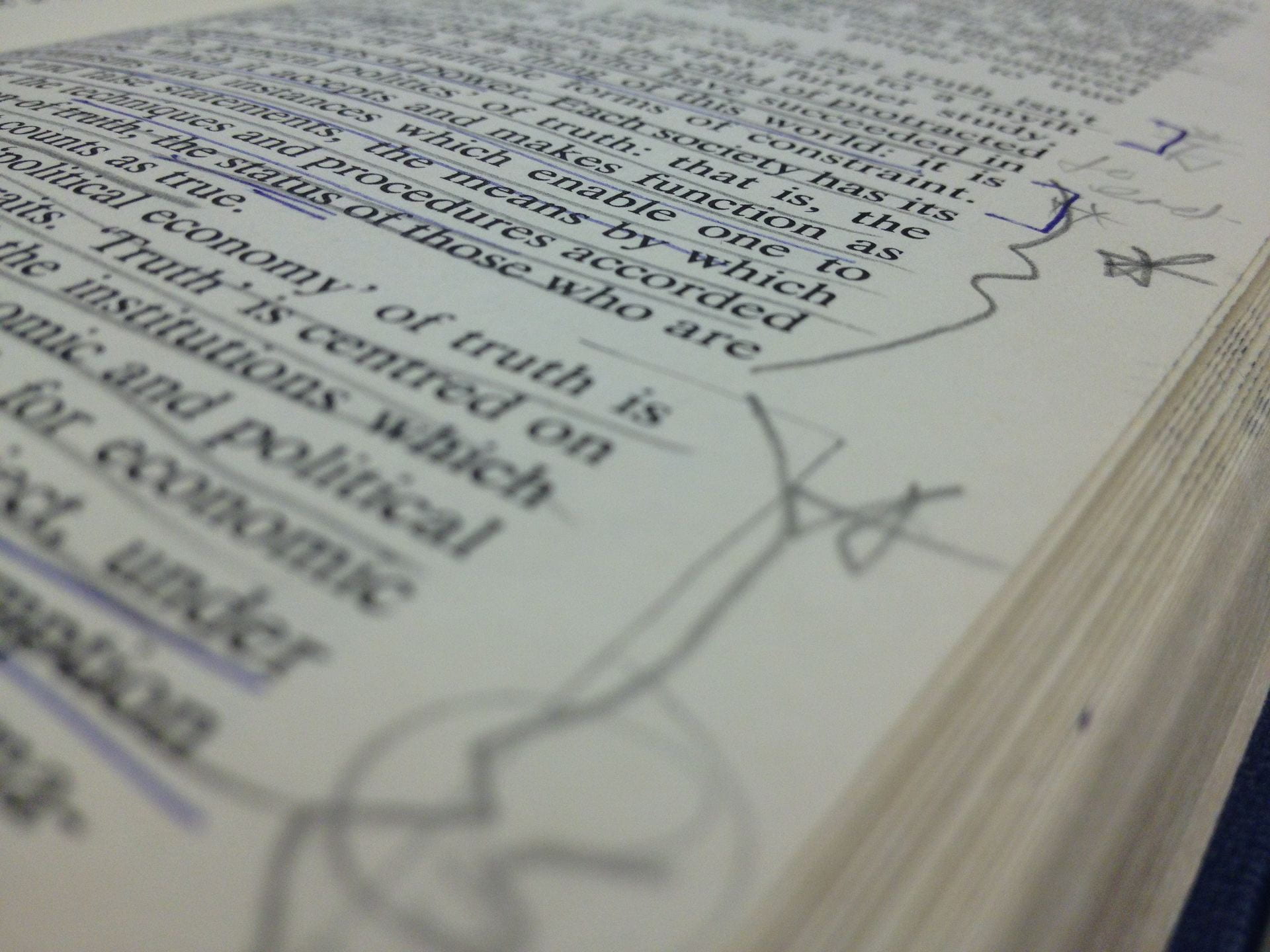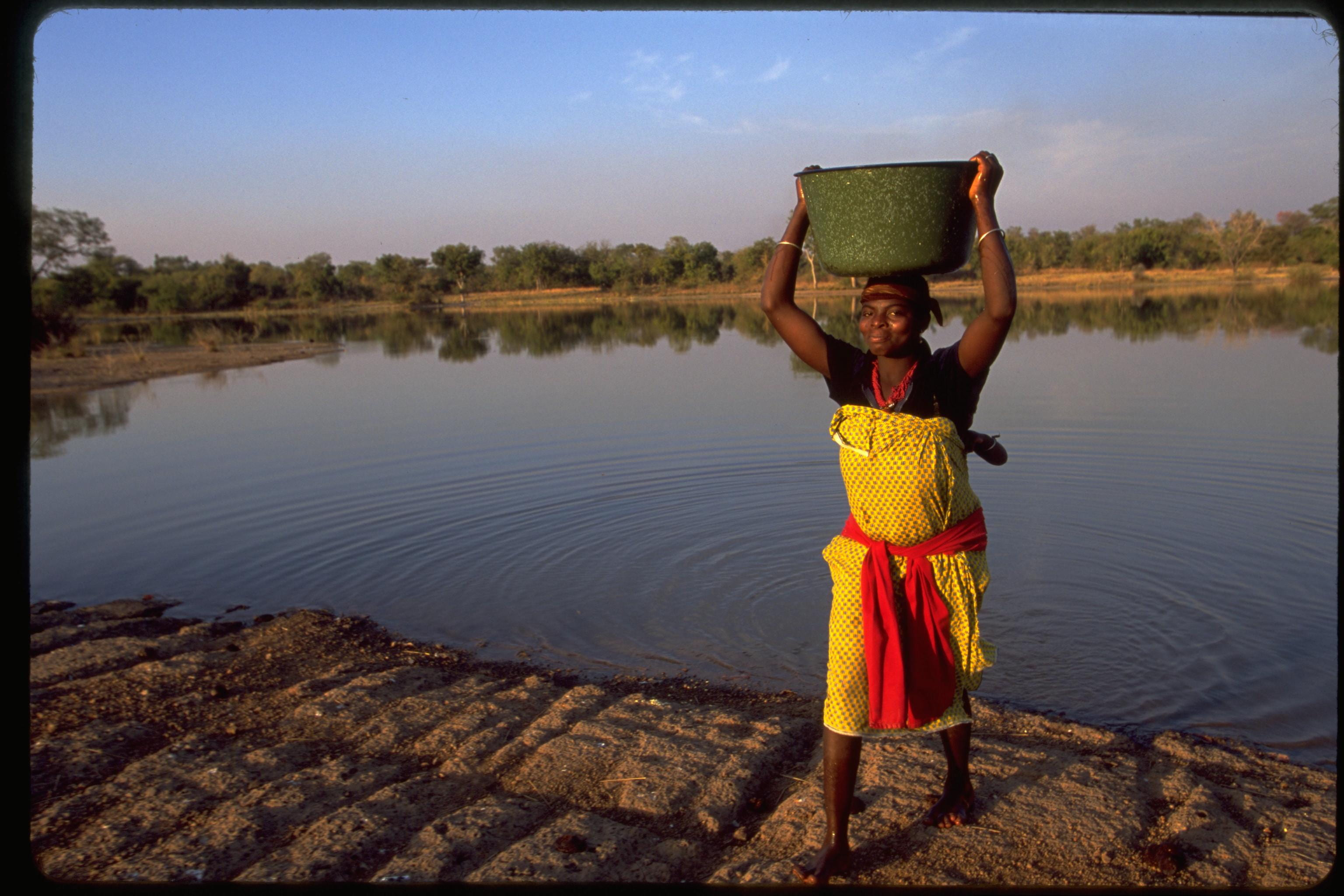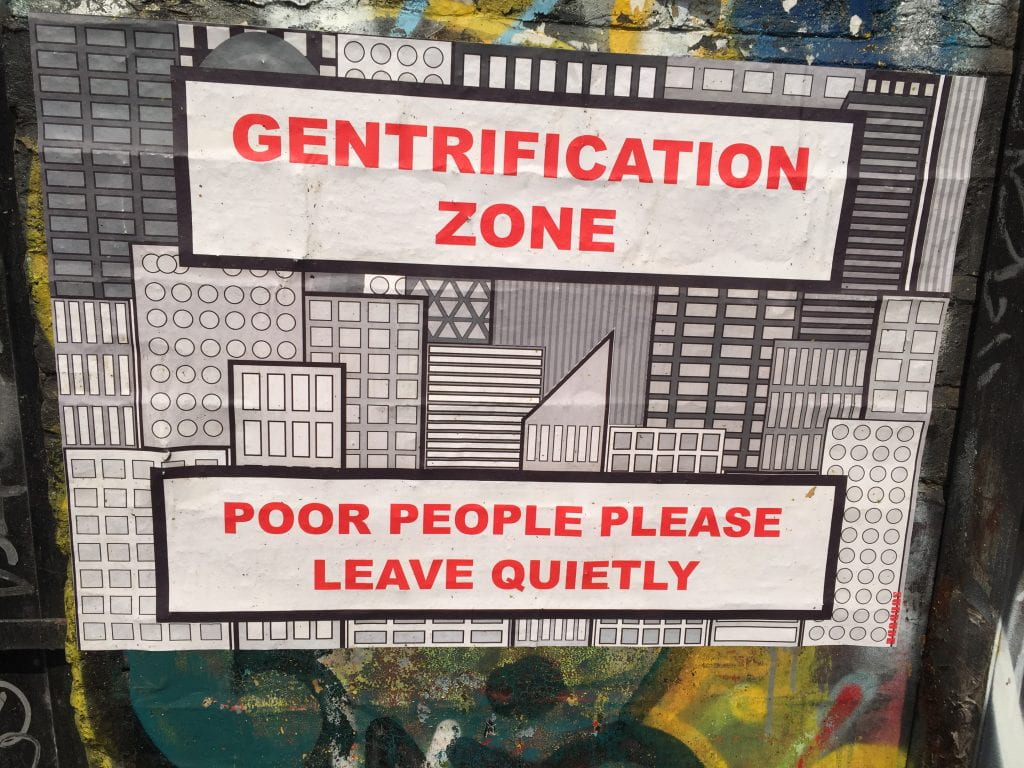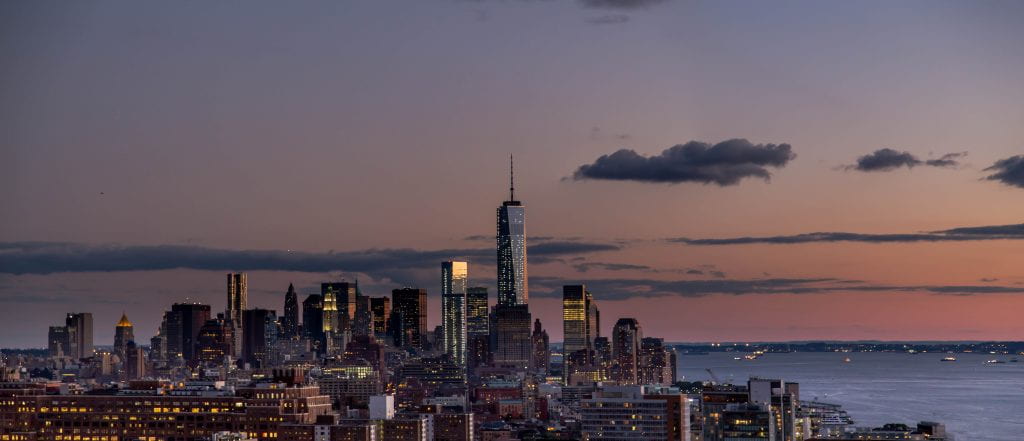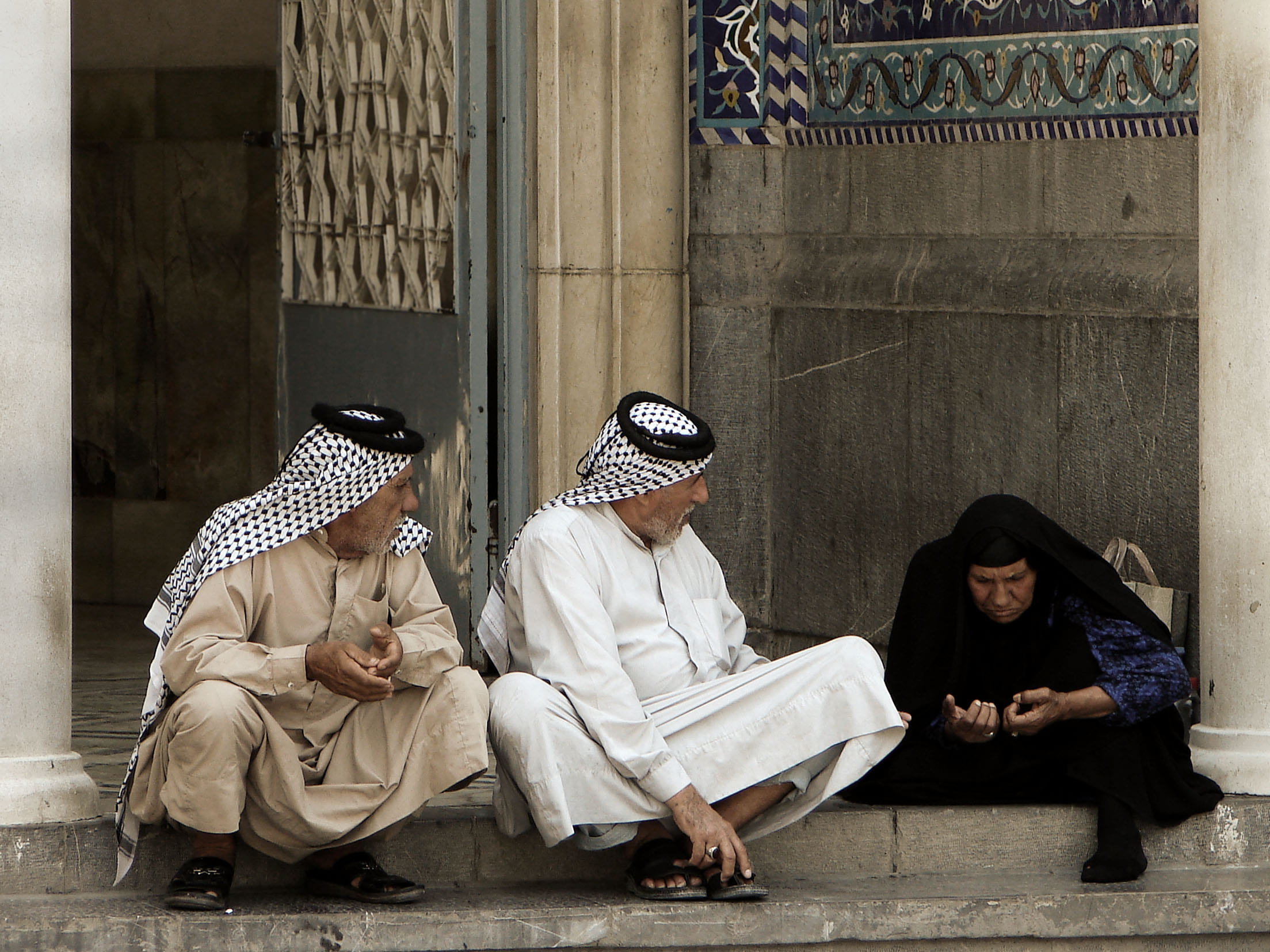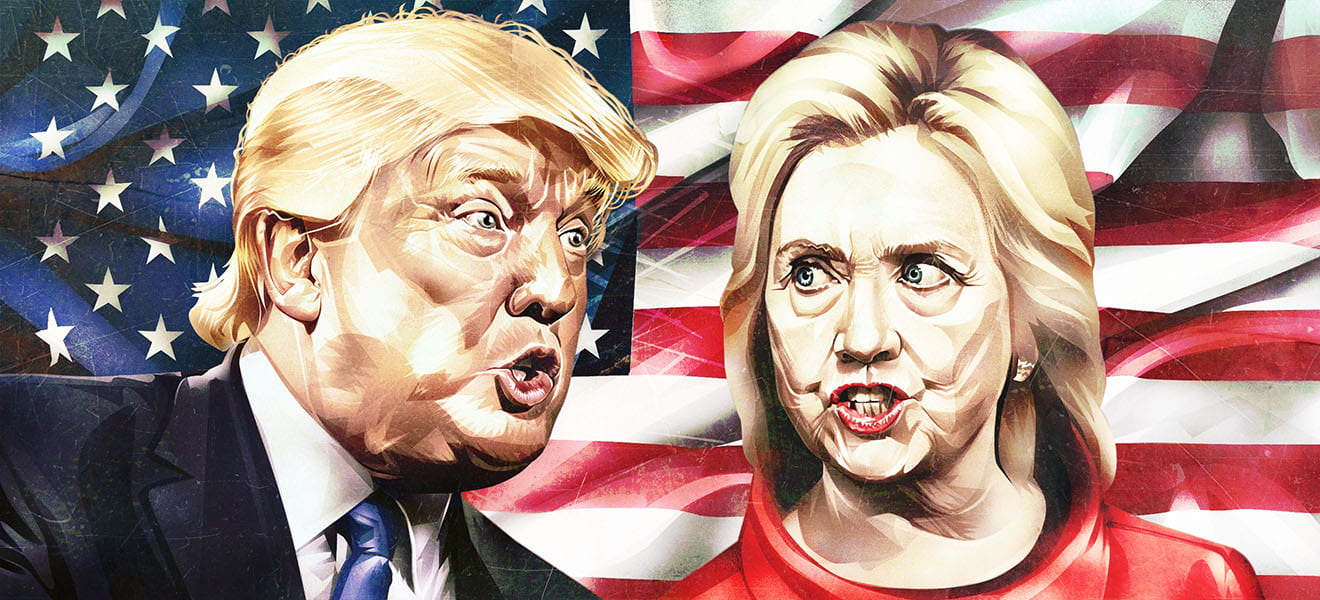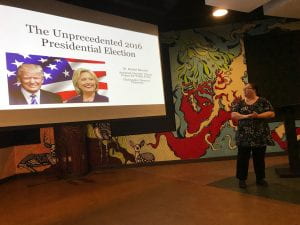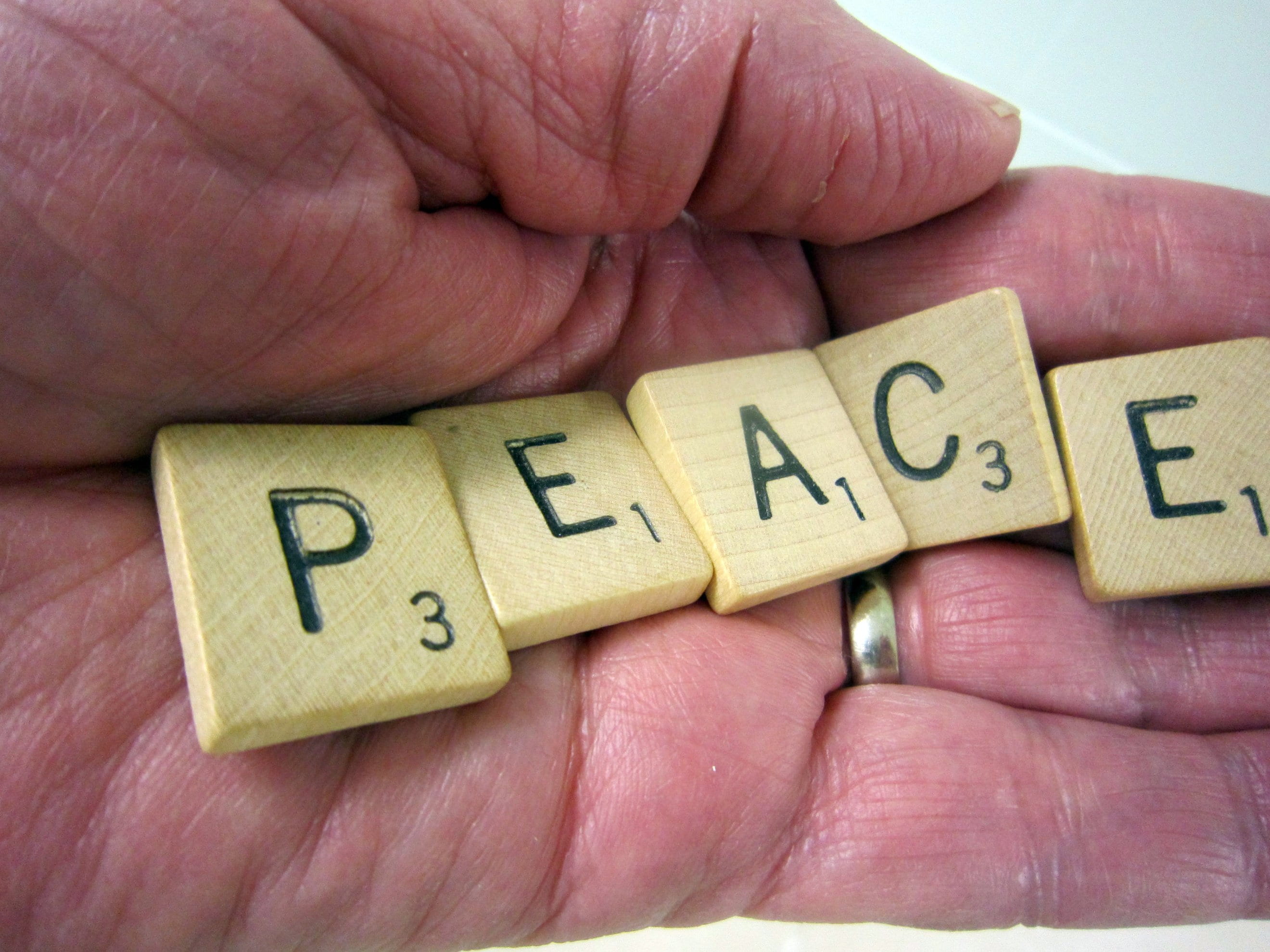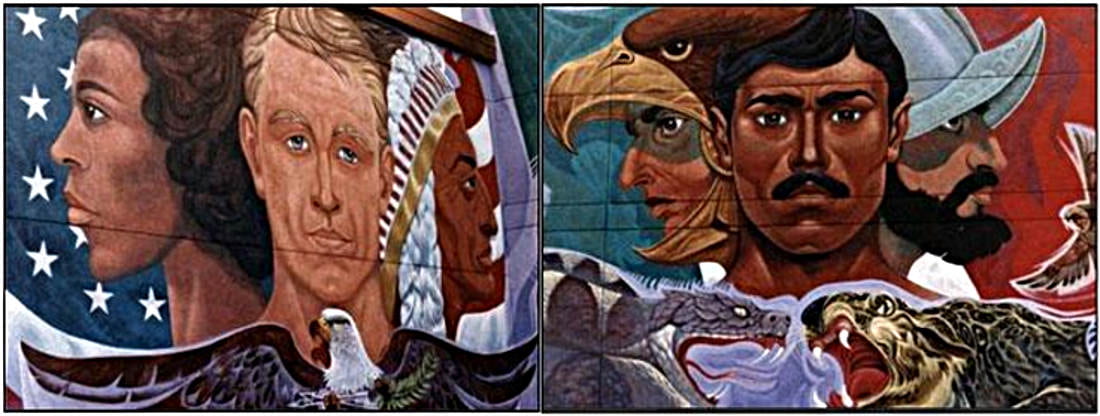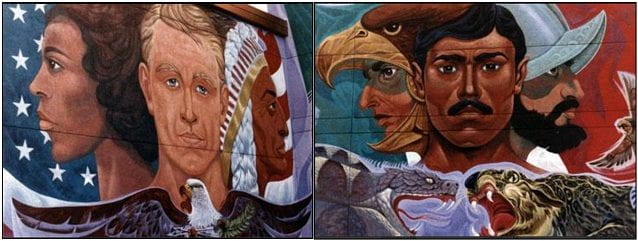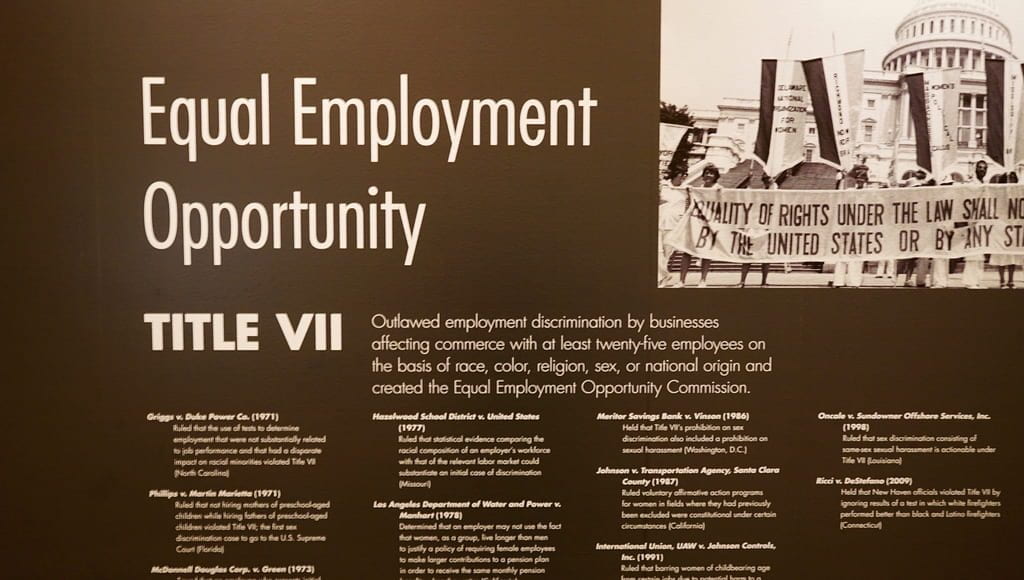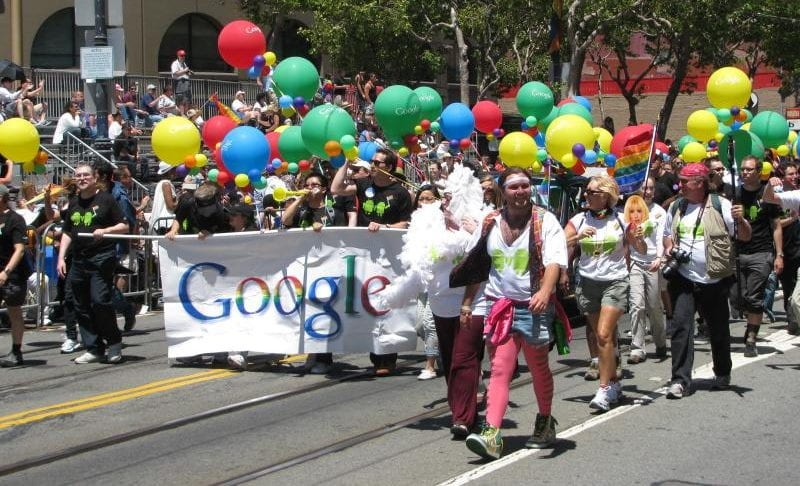by LISA SHARLACH, PhD

**Trigger warning: this blog speaks about sexual violence against women.
How do we stop sexual violence in civil war? My goal is not to offer a comparative assessment of various tactics to stop war rape. Instead, I look at the ineffectiveness of one particular tactic – law, both domestic and international. In the mid-1600s, Thomas Hobbes wrote that “covenants, without the sword, are but words, and of no strength to secure a man at all”. Unfortunately, even today, international law and, to a large degree, domestic law on rape in conflict have not had the backing of the proverbial sword of justice. No legal code condones rape, whether in war or peace. Regardless, as I demonstrate in the book manuscript I am completing, the international community and individual states’ willingness to prosecute the crimes has been lacking. The end result has been near-complete impunity for wartime rapists.
This topic is not one limited to academia. The London Summit of 2014 increased popular awareness of the problem of wartime rape. Grassroots activists and transnational human rights organizations, such as Amnesty International and Human Rights Watch, have amassed country-specific information on sexual violence and, in their words, “demanding accountability” from governments. These are positive steps, but insufficient. Condemnation alone has not stopped mass rape. For example, newspaper and television stories, human rights watchdog organizations’ reports, and U.N. General Assembly resolutions all condemned the political use of rape by ethnic Serbs in Bosnia-Herzegovina in the early 1990s. However, none of this prevented Serbian soldiers and paramilitaries from using similar rape warfare tactics against ethnic Albanian women and girls in Kosovo in 1999.
The book I am finishing focuses on few case studies of mass rape: Bangladesh; Cambodia; Guatemala; Peru; Bosnia-Herzegovina; Rwanda; and India. (Rapists may, of course, target anyone, but the preponderance of these attacks have been upon women and girls). I assess patterns and the scope of rape in these conflicts, and the miniscule numbers of convictions that courts and tribunals were able to secure for the rapists thereafter. That only an infinitesimal fraction of rapes in the conflicts were ever prosecuted, much less convicted, sends a message to combatants today that they, too, most likely will be able to rape, if they so desire, without fear of punishment.
Bangladesh, Cambodia, Bosnia-Herzegovina, and Rwanda have tried or are trying sexual violence through international tribunals and/or truth commissions; the process has been expensive and ineffective. In these countries’ civil wars combined, hundreds of thousands, perhaps even a million, rapes took place. Only a couple of hundred sexual violence cases ever actually appeared before an international tribunal in all these countries combined, and the numbers of convictions is, of course, even lower. The total number of rapes or other episodes of sexual violence in these countries that went to any sort of trial at all is approximately seven thousand. The vast majority of these appeared in Rwanda’s informal gacaca courts, and a sizeable number were tried in the national courts of Bosnia-Herzegovina. The percentage of the seven thousand or so trials that resulted in conviction of the rapist is unknown. When there are only a few thousand convictions for hundreds and hundreds of thousands of rapes, the unintended message sent by the tribunals to militants around the world is that they can almost certainly rape – and get away with it.
This finding is likely to make one despair of the value of international law in convicting wartime rape. Unfortunately, the lesson learned from the case studies concerning the efficacy of national courts in this regard is that they are no better. In India, Peru, and Guatemala, advocates have used the national court system to try to win justice for survivors of mass rape. Guatemala and Peru have each convicted two of the men determined to have raped in those countries’ protracted, Cold War-era “dirty wars.” In India, only a few men have been found guilty of rape during the 2002 communal violence in Gujarat. (Throngs of Hindu-nationalist men gang-raped hundreds of Muslim women, most of whom they burned to death immediately thereafter. Their incineration, a Hindu funerary ritual, precluded a Muslim burial – and also destroyed forensic evidence, which in India is necessary to prosecute most instances of rape. The only Hindu women similarly attacked had Muslim husbands). In sum, one may count on one’s hands the total number of men found guilty of raping during the riots in Gujarat, India and the wars in Guatemala and Peru combined, even though these instances of mass rape transpired at least fifteen and most often not quite forty years ago.
At present, legal covenants, whether domestic or international, are clearly an ineffective deterrent to rape in conflict. The question of what might be a better deterrent is a subject open for much-needed discussion. It is likely that Thomas Hobbes would suggest that “the sword,” or military might, is required, as law – words on paper – is meaningless without it.
In some instances of genocide or gross ethnic/racial inequality, such as during apartheid in South Africa, international actors have, in conjunction with domestic forces, deemed a violation of the norm of sovereignty to be warranted. Third party governments, coalitions, or armies have intervened and stopped the killing, and, in the case of South Africa, pressured the white oligarchy to give up its monopoly on political power. Why should instances of gross sexual inequality – resulting in mental trauma, bodily injury and even death — matter less?
In recent history, there has been no international intervention intended specifically to protect women’s human rights, although mass rape has been used by governments as additional legitimization for a military campaign that was already underway for other reasons. An example is President George W. Bush’s frequent allusion to Saddam’s alleged “rape rooms” as one justification for the U.S. invasion. We do not know that these “rape rooms” ever existed; Bush ceased referring to them after the photographs of sexual violence at occupied Iraq’s Abu Ghraib prison became public. We are all familiar with the rape accompanying the wars in Syria and in South Sudan; with the kidnappings and sexual slavery perpetrated by ISIL and by Boko Haram; and with the daily femicides, or sexualized murders, of women in Central America for which almost no one is ever charged, much less convicted. And, to date, world leaders seem helpless to stop such increasingly open and aggressive sexual violence. As long as the international community demurs that violence against women is of little consequence, a cultural practice, a matter of course or of nature, an unfortunate side-effect of ethnic rivalry, a domestic rather than an international problem, not a threat to our vital security interests, or a private affair, then the use of rape as a political weapon is likely to continue and perhaps even to increase.
Lisa Sharlach is an Associate Professor of Government and the Director of Women’s and Gender Studies at the University of Alabama, Birmingham. She received her Ph.D. from the University of California, Davis, in political science. The focus of her research is the intersection of ethnicity, gender, and political violence.
